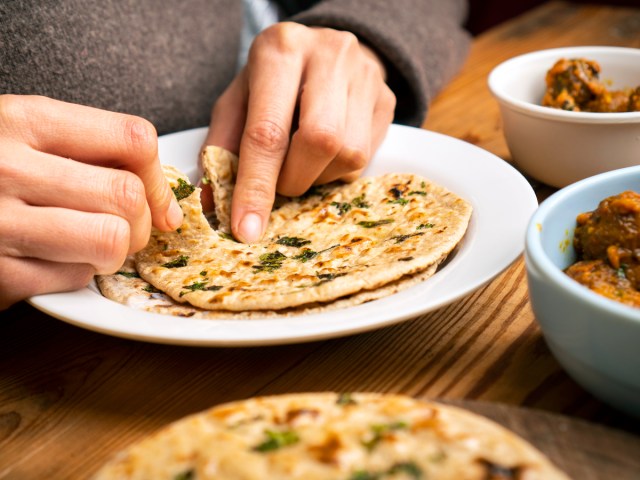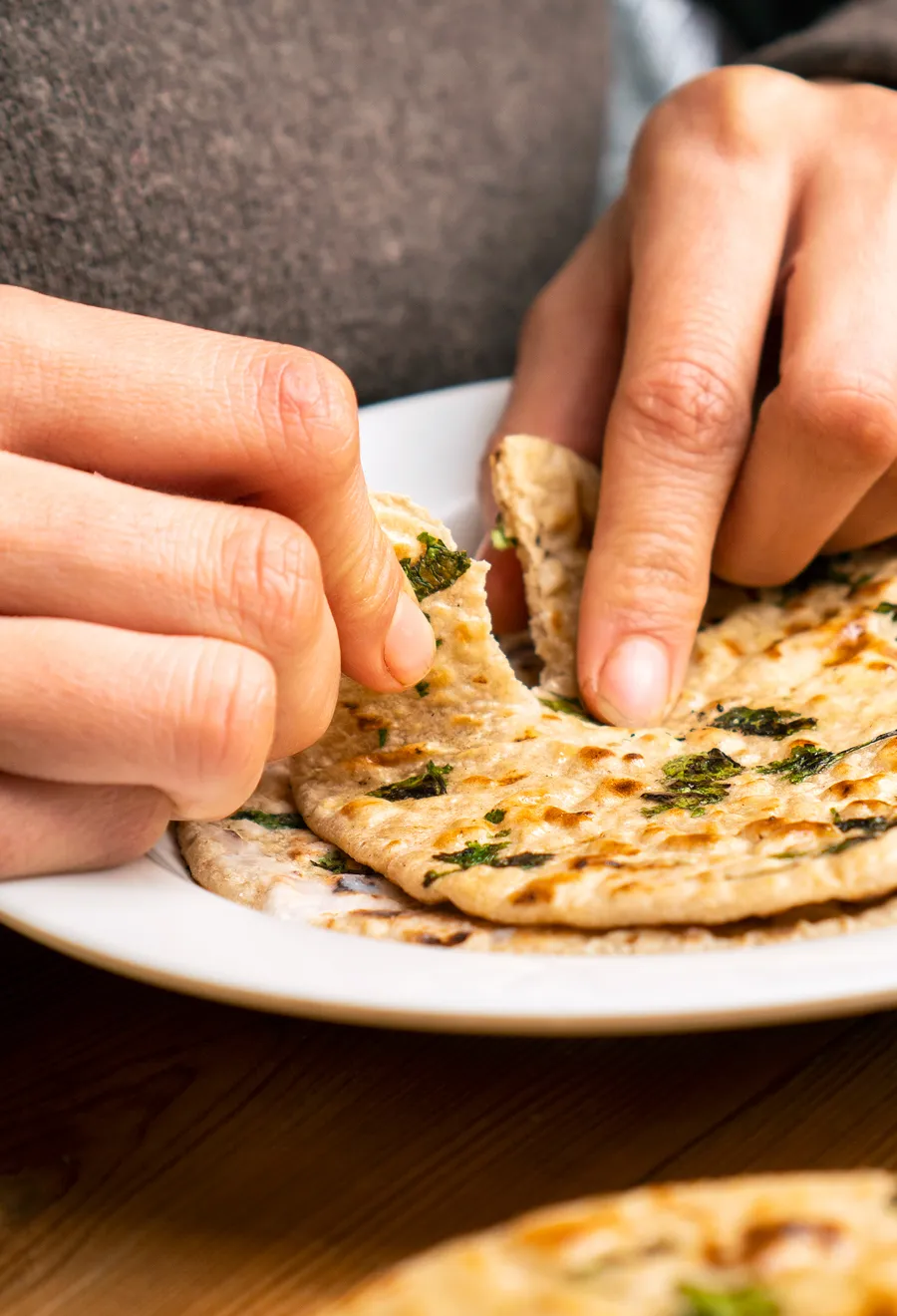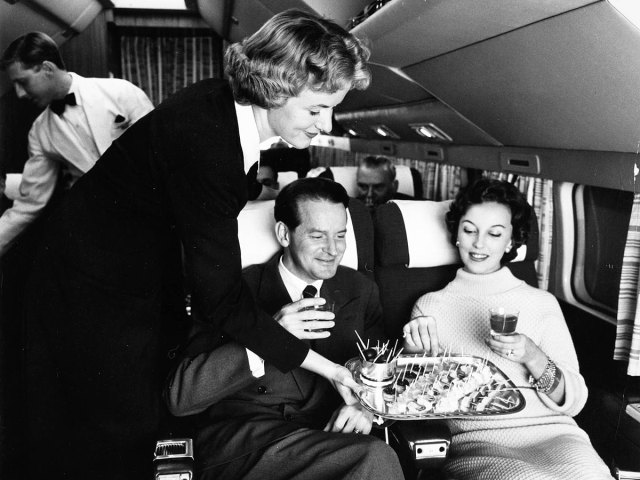From hand gestures to tipping, many countries have different standards of etiquette. What’s polite in the United States may be considered rude abroad (and vice versa). This is true when it comes to table manners, too. There’s one particular faux pas that’s taboo in America — but in some regions overseas, that same gesture is not only acceptable but also encouraged and viewed as a compliment. Here’s one American etiquette rule you shouldn’t follow when traveling to certain countries overseas.
Burping: Rude or Acceptable?

If you let out a belch around the dinner table in the United States, chances are you’ll catch a couple of disapproving glances. Of course, that’s because most Americans view burping as rude, but in some places, burping is a sign that you feel deeply satisfied and enjoyed the meal.
In an interview with Reader’s Digest, international etiquette expert Jan Goss noted how burping is viewed as a compliment in places such as China, Taiwan, Turkey, Egypt, and other regions of the Middle East. A loud belch shows that you feel especially satisfied, and doing so is encouraged, or at the very least acceptable.
However, there is some debate over who should hear you burp. Etiquette expert Jacqueline Whitmore shared with Reader’s Digest that it’s a way to let other diners know how much you enjoyed the food, whereas etiquette expert Patricia Napier-Fitzpatrick said that you should burp within earshot of the host to show your appreciation for their hospitality. In either case, the gesture is considered a sign of contentment that shows you’ve been well fed.
Food writer Petrina Verma Sarkar noted in Spruce Eats that even within the same country, this tradition can vary by region. For example, when traveling to India, Sarkar advised, “Please refrain unless you know your host intimately and are acquainted with the state of their origin and whether or not it is polite in their tradition.” In other words, while burping is a sign of respect to some, you should avoid belching unless you’re very familiar with the host and can be certain they won’t get upset.
What About Slurping?

Similar to burping, Americans are taught from a young age that it is rude to slurp at the table. But in parts of Asia, particularly in Japan, slurping is a symbolic gesture that not only shows delight, but is thought to enhance the flavor.
In Japan, the act of loudly slurping noodles dates to the Edo period from 1603 to 1868. Slurping up buckwheat soba noodles was believed to enhance their subtle flavor. There’s some truth to this — slurping noodles helps activate all five major senses, which play off one another to enhance flavor. Taking in oxygen as you eat can produce stronger flavors; think about how wine drinkers draw in air to fully taste the flavor of their wine. Slurping in air can also help cool the noodles, allowing diners to appreciate the flavor instead of being overwhelmed by heat.
While slurping may be commonly heard in ramen shops across Japan, some foreigners aren’t used to the custom. There’s even a concept called nu-hara (or “noodle harassment”), which takes the view that noodle slurping isn’t just offensive, but also a form of harassment to other guests. Whether you enjoy the sound of slurping or not, it’s customary to thank the chef afterward by saying, “gochisōsama deshita,” which means “thank you for the feast.”
Eating With Your Hands

For as common as utensils are in the United States, some countries encourage diners to eat with their hands instead. In Ethiopia, for example, meals are traditionally served atop a large platter of injera (spongy flatbread). Diners are expected to break off a bit of injera and scoop up the food with their hand. Just be sure to always use your right hand — according to Ethiopian etiquette, right hands are meant for eating and left hands are meant for matters related to personal hygiene.
Eating with your hands is also common in India and other countries in South Asia. Expect to use naan or roti (Indian flatbreads) to scoop up traditional cuisine. If there’s no bread available, you can still scoop up all the curry-coated rice using your fingertips. Much like in Ethiopia, it’s customary to eat with your right hand in India. Eating with your hands is tied to Ayurvedic teachings, which claim that using the fingers helps activate the body’s digestive system.
These are just a few of the many dining etiquette rules that may leave Americans scratching their heads. Before traveling abroad, it’s a good idea to research local etiquette so that you don’t accidentally cause offense to the locals you meet along the way.
More from our network
Daily Passport is part of Inbox Studio, which publishes content that uplifts, informs, and inspires.
























